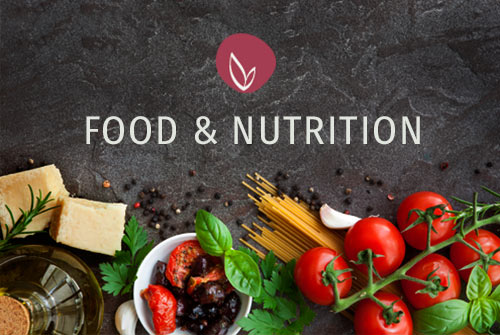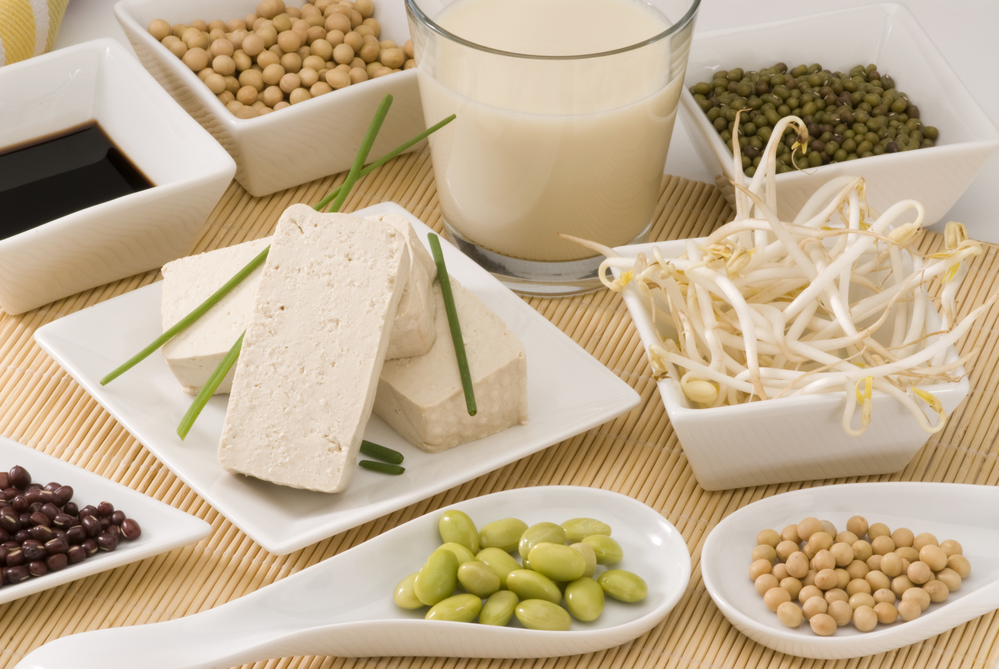As we continue our discussion on the role of each meal in our diets, our next focus is on lunch.
The purpose of lunch is to provide us with adequate fuel to keep going through the day. If breakfast has given us the foundation of our energy requirements, then lunch is there to enable us to maintain our energy levels and to provide sufficient nutrients so that we can accomplish everything we need to in our day.
Most people are familiar with the common afternoon slump after lunch where they find themselves reaching for a coffee, a chocolate bar or some other quick hit of energy. If you provide yourself with enough nutrients at lunchtime you’ll find that these unnecessary cravings dissipate and your natural energy endures for as long as you need.
A positive component of lunch needs to be complex carbohydrates. Our bodies have a natural affinity for using carbohydrates as an energy source as it is easier to break them down into their specific building blocks (glucose). The body can use protein or fat as an energy source but only when absolutely necessary or when other sources are unavailable. If you’ve already addressed sufficient protein at breakfast time, lunch is therefore an ideal time to focus on complex carbohydrates and as many vegetables as you can eat.
When you think of lunch focus on the vegetable and wholegrain component and then consider the other macronutrients (fats and protein) as a secondary consideration. For example, a wholesome mixed vegetable salad with chickpeas, brown rice and sunflower seeds dressed with olive oil, lemon juice and fresh parsley is certainly positive building blocks to keep the day going well!
Foods to encourage for lunch
Sufficient complex carbohydrates
- Wholegrain, stone-ground breads
- Fresh organic vegetables
- Focus on green leafy vegetables and bitter flavours to support digestion
- Legumes or pulses (lentils, chickpeas, adzuki beans etc)
Essential fatty acids
- Fish (tinned or fresh)
- Avocado
- Cold pressed oils such as olive or flaxseed oil
- Nut butters from a variety of nuts
- Tahini spread (sesame spread)
Protein (preferably vegetarian where possible)
- Eggs (organic)
- Full fat dairy (in small amounts) including cheese, yogurt
- Fish (tinned or fresh)
- Legumes or pulses either as a dahl/casserole or in a dip (humous, tahina)
- Tofu
- Tahini spread (sesame spread)
- Wholegrains when combined with another vegetarian protein source (legume or pulse, nut or seed)
Foods to avoid for lunch
- Sugar in any form
- Honey, sugar, maple syrup, jam, chocolate spreads
- Lollies, biscuits, cakes, pastries, ice-cream
- Refined or processed bread, crackers, biscuits, pies
- Low fat dairy – when they remove/reduce the fat component of the dairy the sugar component (lactose) has a greater impact on blood sugar levels
- Excessive consumption of dried fruits
- Processed foods such as cured meats
- Unhealthy fats
- Deep fried foods
- Cream, sour cream, heavy sauces
- Heavily flavoured dishes that are high in MSG (additive number 621)
- Takeaway meals such as Asian cuisines (high MSG in sauces)
Conclusion
Lunch is about providing the body with the sustenance it requires to maintain health and reap what we want out of our day. Making these simple changes will help you feel the vitality and energy you know you need to accomplish more and have greater fulfilment. Make the changes slowly and soon enough you’ll realise how it easy it is
© Leah Hechtman







